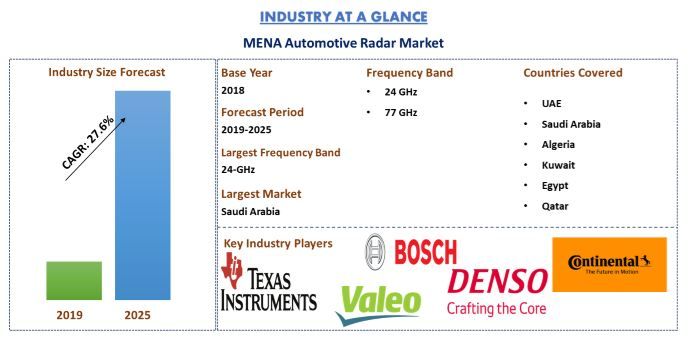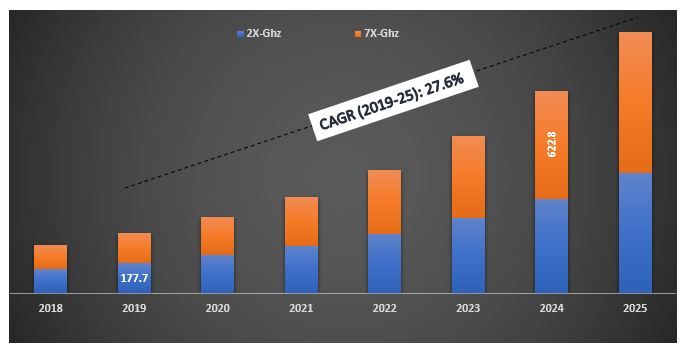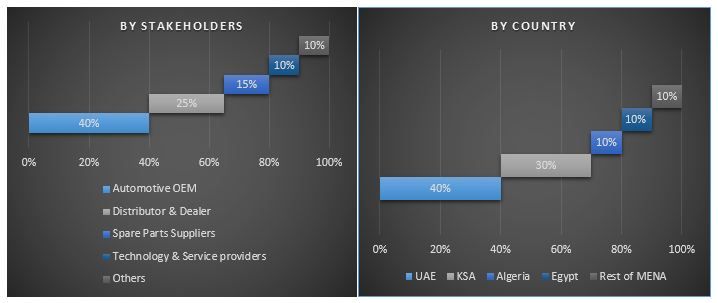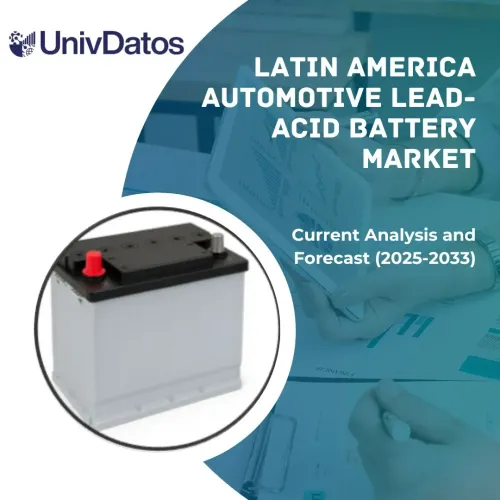- Home
- About Us
- Industry
- Services
- Reading
- Contact Us
Middle East and North Africa Automotive Radar Market: Current Analysis and Forecast (2019-2025)
Emphasis on Radar Range (Short Range Radar & Mid-Range Radar (S&MRR), Long Range Radar (LRR)), Applications(Adaptive Cruise Control, Autonomous Emergency Braking, Intelligent Parking Systems, Blind Spot Detection, Collision Mitigation System, Others)
Middle East and North Africa automotive radar market was valued at US$ 278.82 Million in 2018 and is anticipated to reach US$ X Million by 2025 displaying explosive CAGR of X% over the forecast period (2019-2025). Automotive industry of Middle East and North Africa (MEA) is a key industry sector. The rising population in these regions have increased the demand of automobiles on the road for transportation. In addition to this, high per capita income in some of the countries of the Middle East due to the presence of the world’s largest deposits of oil and natural gas resources implies high buying capabilities of the consumers.
Owing to which there is a high demand of vehicles equipped with advanced safety and luxury features. In addition to high per capita income and high demand of luxury vehicles, upgradation of sensor technology in the region is also propelling the automotive radar market. On the other side, high installation costs of the radar systems and cost sensitive economies in Africa are identified as the major restraints hampering the market growth. However, the increasing focus towards autonomous car in Middle East and energy North African market are expected to be the potential business opportunity areas in the region.
MENA Automotive Radar Market Size, by Frequency Band, 2018-25 (US$ Mn)
“Short and medium range radar is expected to dominate automotive radar market during the analyzed period.”
Based on range of the radar, the market is segment in Short Range Radar and Medium Range Radar and Long-Range Radar. In 2018, short and medium range radar held the maximum revenue share and the same is expected to follow during the forecast period (2019-2025).
“Amongst applications, adaptive cruise control tends to conquer the market during the forecast period.”
Middle East and North Africa automotive radar market is also categorized based on their application areas that include Adaptive Cruise Control (ACC), Autonomous Emergency Braking (AEB), Intelligent Parking System (IPS), Blind Spot Detection (BSD), Collision Mitigation System (CMS) and others. Among such applications, adaptive cruise control held the largest market share of the global automotive radar market, followed by blind spot detection and others.
“Amongst frequency band, 2X GHz radar occupied the major market during the forecast period.”
Based on different frequency band, the MENA automotive radar market is fragmented in 2X GHz and 7X GHz. In 2018, 2X GHz radar held the maximum market share however due to increase in demand of 7X GHz radar, they are anticipated to be the fastest growing and largest market by 2025.
“Amongst vehicle type, passenger cars ruled the automotive radar market during the forecast period.”
The study also analyses the MENA automotive radar market across different vehicle types that includes passenger vehicles, luxury vehicles and commercial vehicles. Among different vehicle types, passenger cars held the maximum share in 2018, however due to increase in demand of radar system in high end vehicles, the luxury vehicles segment is anticipated to be the fastest growing market segment growing at a CAGR of XX% during the forecast period (2019-2025).
“Saudi Arabia represents itself as one of the largest regions in terms of revenue sales for MENA automotive radar market.”
For an in-depth analysis of the Middle East and Africa automotive radar market, the country level analysis is also incorporated in the study. The segment includes the major countries such as the UAE, Saudi Arabia, Algeria, Kuwait, Egypt, Qatar, and Rest of Middle East and North Africa. Saudi Arabia dominated the market in 2018 and was valued at US$ XX million, followed by the UAE and Egypt. During the forecast period Qatar is expected to be the fastest growing economy with a CAGR of 33.7%. The growth of Kuwait is majorly influenced by the significant technological advancement and increased demand for ADAS equipped vehicle by end consumers within the country.
Competitive Landscape-Top 10 Market Players
Some of the major players profiled in the report include Continental AG, Robert Bosch GmbH, Denso Corporation, Delphi Automotive Plc, Infineon Technologies AG, NXP Semiconductors NV, Valeo SA, Analog Devices Inc., Hella KGaA Hueck and Co, and Texas Instruments Inc.
Reasons to buy:
- Current and future market size from 2018 to 2025 in terms of value (US$)
- Combined analysis of deep dive secondary research and input from primary research through Key Opinion Leader of the industry
- A quick review of overall industry performance at a glance
- An In-depth analysis of key industry players
- A detailed analysis of regulatory framework, drivers, restraints, key trends and opportunities prevailing in the industry
- Examination of industry attractiveness with the help of Porter’s Five Forces analysis
- The study comprehensively covers the market across different segments and sub-segments of automotive radar
- Countries Covered: UAE, Saudi Arabia, Algeria, Kuwait, Egypt, Qatar
Customization Options:
The MENA Automotive Radar Market can be customized to country level or any other market segment. Besides this, UMI understands that you may have your own business need, hence we also provide fully customized solutions to clients.
Table of Content
Analysing historical market, estimation of the current market and forecasting the future market for MENA Automotive Radar technology were the three major steps involved in creating and analysing the overall adoption rate of Automotive Radar in major countries in the MENA region. Exhaustive secondary research was conducted to collect the historical market of the technology and overall estimation of the current market. Secondly, to validate these insights, numerous findings and assumptions were taken into consideration. Moreover, exhaustive primary interviews were conducted with industry experts across value chain of the Automotive Radars market. After all the assumption, market sizing and validation of market numbers through primary interviews, top-down approach was employed to forecast the complete market size of the MENA Automotive Radar market. Thereafter, market breakdown and data triangulation methods were adopted to estimate and analyse the market size of segments and sub-segments of the MENA automotive radar market. Detailed methodology is explained below:
Analysis of Historical Market Size
Step 1: In-Depth Study of Secondary Sources:
Detail secondary study was conducted to obtain the historical market size of the MENA Automotive Radar Market through company internal sources such as annual report & financial statements, performance presentations, press releases, inventory records etc. and external sources including trade journals, news & articles, government publications, economic data, competitor publications, sector reports, regulatory bodies publications, safety standard organizations, third-party database and other creditable publications. For vehicle production and sales related data International Organization of Motor Vehicle Manufacturers was used.
Step 2: Market Segmentation:
After obtaining historical market size of the overall market, detailed secondary analysis was conducted to gather historical market insights and share for different segments & sub-segments of the MENA Automotive Radar Market. Major segments included in the report are sensor type, radar range, frequency bands, application, and vehicle type. Further analysis was also done for sub-segments of the major segments of the MENA Automotive Radar Market.
Step 3: Factor Analysis:
After acquiring the historical market size of different segments and sub-segments, detailed factor analysis was conducted to estimate the current market of the MENA Automotive Radar technology. Factor analysis was conducted using dependent and independent variable such as the Changing vehicle safety regulation, increasing adoption of advanced driver assistance system (ADAS) technology and increasing number of radar sensors used per vehicle. Stringent government regulations, mandating rear-view camera system and lane departure warning technologies in vehicles which has also stimulated the growth of the automotive radar technology were considered while conducting the study. Historical trends of the MENA Automotive Radar Market and their year-on-year impact on the market size and share in the recent past was analyzed. Demand and supply side scenario was also thoroughly studied.
Current Market Size Estimate & Forecast
Current Market Sizing: Based on actionable insights from the above 3 steps, we arrived at current market size, key players in major applications and markets, market shares of these players, industry’s supply chain, and value chain of the industry. All the required percentage shares, splits, and market breakdowns were determined using the above-mentioned secondary approach and were verified through primary interviews.
Estimation & Forecasting: For market estimation and forecast, weightage was assigned to different factors including drivers, restraints, and trends and opportunities available in the market. After analyzing these factors, relevant forecasting techniques i.e. Bottom-up/Top-down was applied to arrive at the market forecast pertaining to 2025 for different segment and sub-segments in major countries of the MENA region. The research methodology adopted to estimate the market size encompasses:
- The industry’s market size of the MENA automotive radar technology, in terms of value (US$) and the overall rate of adoption of Automotive Radars technology in major countries in the MENA region
- All percentage shares, splits, and breakdowns of market segments and sub-segments
- Key players in major applications and markets as well as market share of each players. Also, the growth strategies adopted by these players to compete in the ever-growing MENA automotive radar technology market
Market Size and Share Validation
Primary Research: In-depth interviews were conducted with the Key Opinion Leaders (KOLs) including Top Level Executives (CXO/VPs, Sales Head, Marketing Head, Operational Head, and Regional Head etc.). Primary research findings were summarized, and statistical analysis was performed to prove the stated hypothesis. Input from primary research were consolidated with secondary findings, hence turning information into actionable insights.
Split of Primary Participants
Market Engineering
Data triangulation technique was employed to complete the overall market engineering process and to arrive precise statistical numbers of each segment and sub-segment pertaining to the MENA Automotive Radar Market. Data was split into several segments & sub-segments post studying various parameters and trends in the areas of sensor type, radar range, frequency bands, application and vehicle type
Main objective of the MENA Automotive Radars Market Study
The current & future market trends of the MENA Automotive Radar market are pinpointed in the study. Investors can gain strategic insights to base their discretion for investments from the qualitative and quantitative analysis performed in the study. Current and future market trends would determine the overall attractiveness of the market, providing a platform for the industrial participant to exploit the untapped market to benefit as first mover advantage. Other quantitative goal of the studies includes:
- Analyse the current and forecast market size of MENA Automotive Radar Market in terms of value (US$)
- Analyse the current and forecast market size of different segments and sub-segments of the MENA Automotive Radar technology. Segments included in the study are sensor type, radar range, frequency bands, application, and vehicle type
- Define and describe the technologies and protocols used in Automotive Radar technology
- Anticipate potential risk associated with the technology and customer and competitor analysis among others
- Define and analysis of the government regulations for Automotive Radar in major MENA countries
- Analyse the current and forecast market size of the MENA automotive radar market, in terms of value for major countries in MENA region including UAE, Saudi Arabia, Algeria, Kuwait, Egypt, Qatar and Other Countries of MENA region
Defile and analyse the competitive landscape of the MENA Automotive Radar market and the growth strategies adopted by the market players to sustain in the ever-growing market
Related Reports
Customers who bought this item also bought













